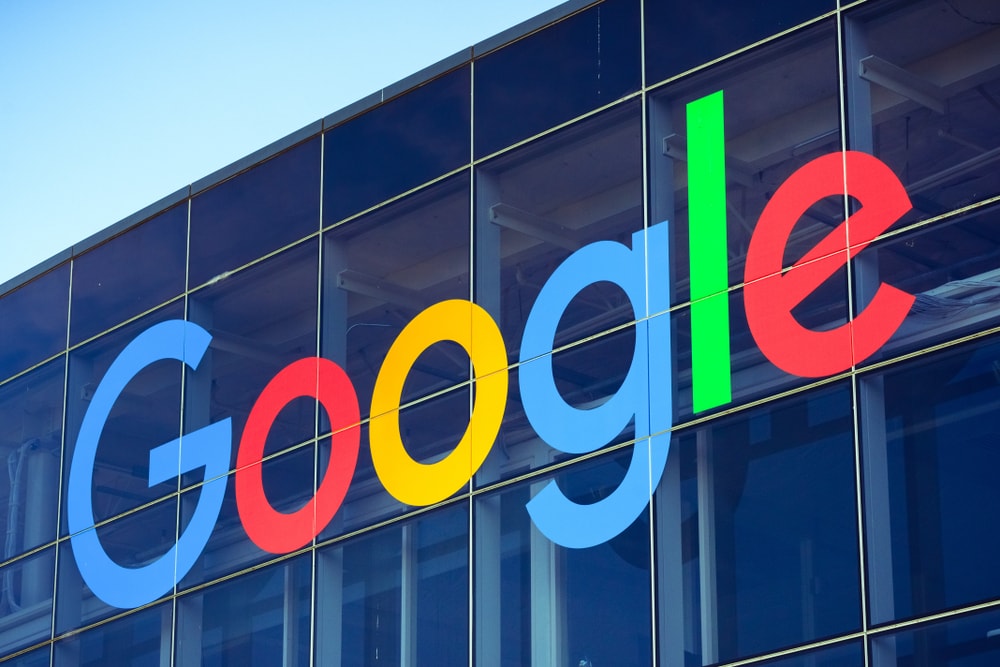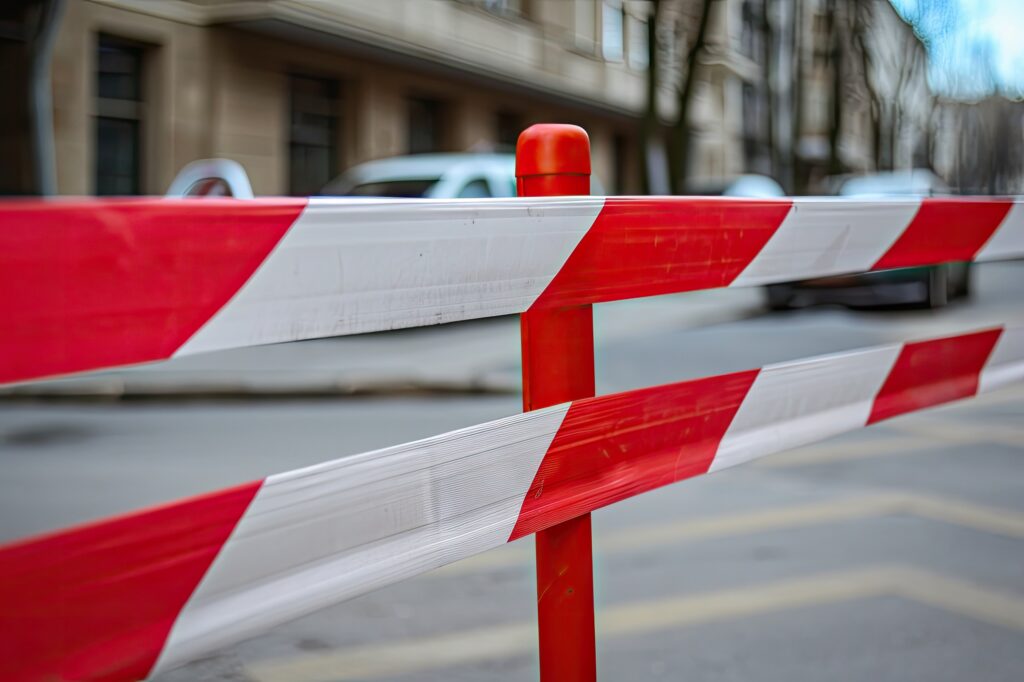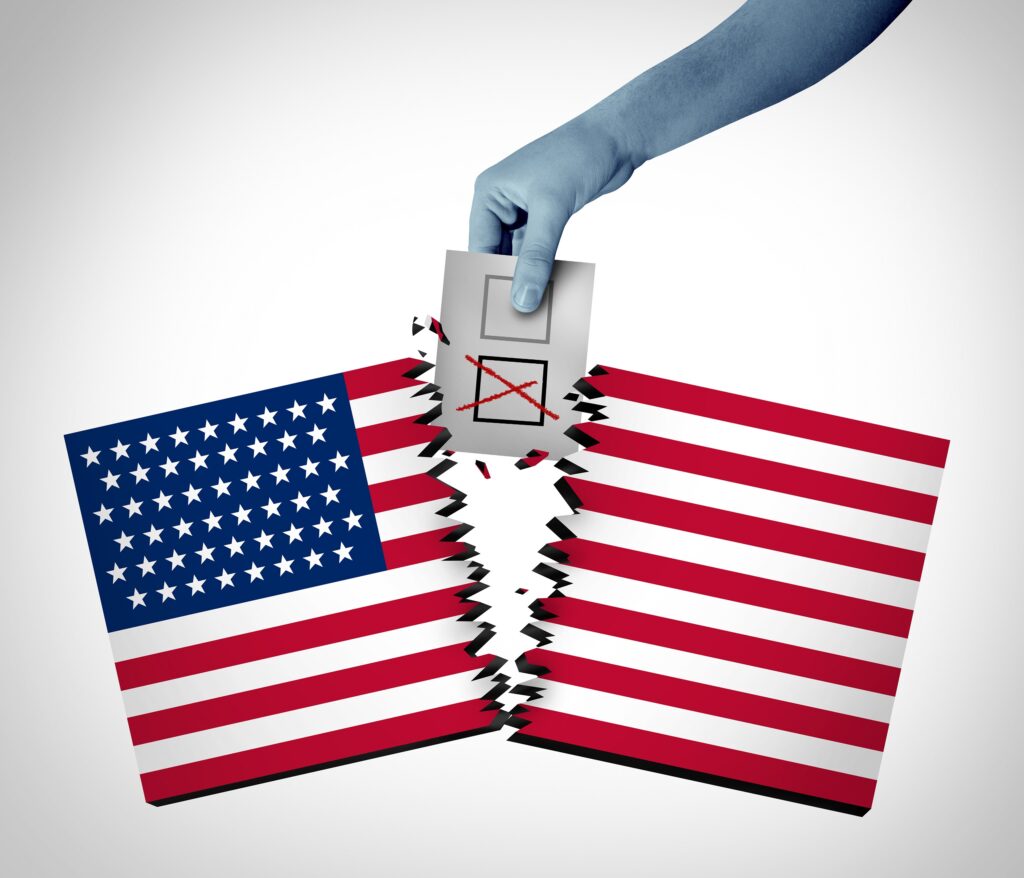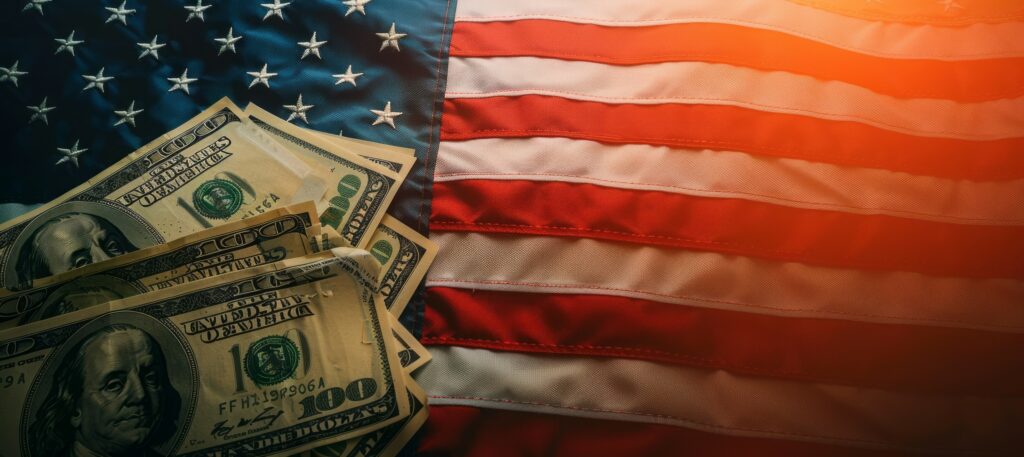ITC Policy Project Series: The Little-to-Big Problem, Part II
Part I of the little-to-big problem explored what happens when a patent holder asserts a patent on some component of a larger, more-complex device or machine. In a district court, the patentee would be hard-pressed to get an injunction unless it produced a competing product. Instead, it would attempt to show damages. And the court would apportion any damages according to the value the invention adds to the overall whole. The International Trade Commission (ITC or Commission), however, has no mechanism for recognizing that some patented inventions—when incorporated into a larger product—contribute only a little to the product’s market value. At the ITC, the general remedy is exclusion from importation.
Another little-to-big case is coming to its conclusion at the ITC. In Certain Wearable Electronic Devices with ECG Functionality and Components Thereof (Inv. No. 337-TA-1266), patent holder AliveCor asserts multiple patents on smartwatches that detect cardiac arrhythmia—an irregular heartbeat tied to the electrical activity of the heart.
The Initial Determination
In the agency’s initial determination, the Administrative Law Judge (ALJ) found certain Apple Watches infringed two of AliveCor’s patents. The Apple Watches at issue retail for roughly $400 to $800. Each watch performs hundreds, if not thousands, of operations, including dozens of health functions like workout tracking, sleep tracking, mindfulness and crash detection. The functionality claimed by the infringed patents covers arrhythmia detection, one of the watches’ heart-rate monitoring functions.
The initial determination, which would exclude the watches, is now on review before the Commission. Ironically, the ALJ set the bond rate—the amount Apple would have to pay the patent holder during the 60-day presidential review period—at $0.00.
The ALJ set the rate at zero, partly because AliveCor has not shown what competitive harm it will suffer during the presidential review. It has no current product that competes with the Apple Watch. Though it’s difficult to parse the redacted initial determination, AliveCor had a relevant product that “has not been sold for some time.” And any future products “are, at best, in development.” Thus, it “is entirely unclear what competitive harm [AliveCor] will face” during the presidential review.
A district court that made similar findings could order Apple to pay a reasonable royalty for past and ongoing infringement. But the courts would very likely not give the patent holder an injunction barring the making, using, selling or importing of the watches. And they would limit the reasonable royalty through apportionment.
Apportionment, as explained in Part I, requires patentees to separate or apportion damages between the patented feature and the unpatented features of an infringing product. Apportionment applies in software too. For example, when Microsoft infringed a patent covering the “date picker” function in Outlook, the Federal Circuit vacated a jury’s damage award that amounted to roughly 8 percent of all revenue from Outlook. Such an award would essentially assign all the value of Outlook to the date-picker patent. People don’t select email software, the court patiently explained, to get a particular date picker.
Here, it is similarly unlikely that the arrhythmia-detection function drives the entire market value of the Apple Watches at issue.
Before the Commission
The case is now before the Commission. The Commission will consider several of the ALJ’s underlying merits decisions, e.g., nonobviousness of the patents and whether AliveCor met the domestic industry requirements. AliveCor continues to seek an exclusion order on “all infringing products imported by … Apple.” The proposed order would ban Apple from importing watches due to the presence of one health function among dozens of health functions and many other non-health functions performed by this complex piece of hardware.
In addition, the Commission asked for comments on the public interest factors discussed in Part I. These factors include the effect an exclusion order would have on public health and welfare, competitive conditions in the U.S. economy, U.S. production of articles that are like or directly competitive with those that are subject to investigation, and U.S. consumers.
Commenters included several members of Congress. One letter, signed by two members of Congress, suggested that the public interest is best served by robust enforcement of patent rights. A second letter, signed by six members, argued that an exclusion order would be a “significant detriment to American consumers.” It pointed out that public health and welfare would suffer if the Apple Watches became unavailable and noted an ongoing study at Northwestern University using the Apple Watch on patients with Atrial fibrillation (AFib), a common type of arrhythmia. Though the latter arguments should be more persuasive, the ITC has been historically more than reluctant to invoke the public interest.
In this case, an exclusion order would lower competition among smartwatches, tend to raise prices and threaten the health of consumers. We have discussed the need for the ITC to pay more attention to the public interest in every case. Here, the little-to-big problem is dramatic, and the need is even greater. The patent rights cover one function of a complex smartwatch that performs many other functions; those rights would very likely not suffice to end the sale of those watches in a district court because the patent holder cannot benefit from the absence of Apple Watches from the marketplace. Thus, there doesn’t appear to be any sound reason for the ITC to end consumer access to these products.
The ITC should be in the business of providing swift relief for U.S. industries threatened by unauthorized infringing imports. It may also provide a remedy when foreign infringers are beyond the reach of U.S. courts’ jurisdiction. But too many complainants come to the ITC for a distinct remedy—gaining an exclusion order unavailable in district court—typically to gain leverage in license negotiation. As discussed in Part I, the public interest is poorly served by an exclusion order with the primary effect of rewarding patentees with more than they are entitled to in district court. When a district court would not enjoin, the ITC should hesitate to exclude.
Subscribe to ITC Policy updates
Image credit: Ashley Blackwell







